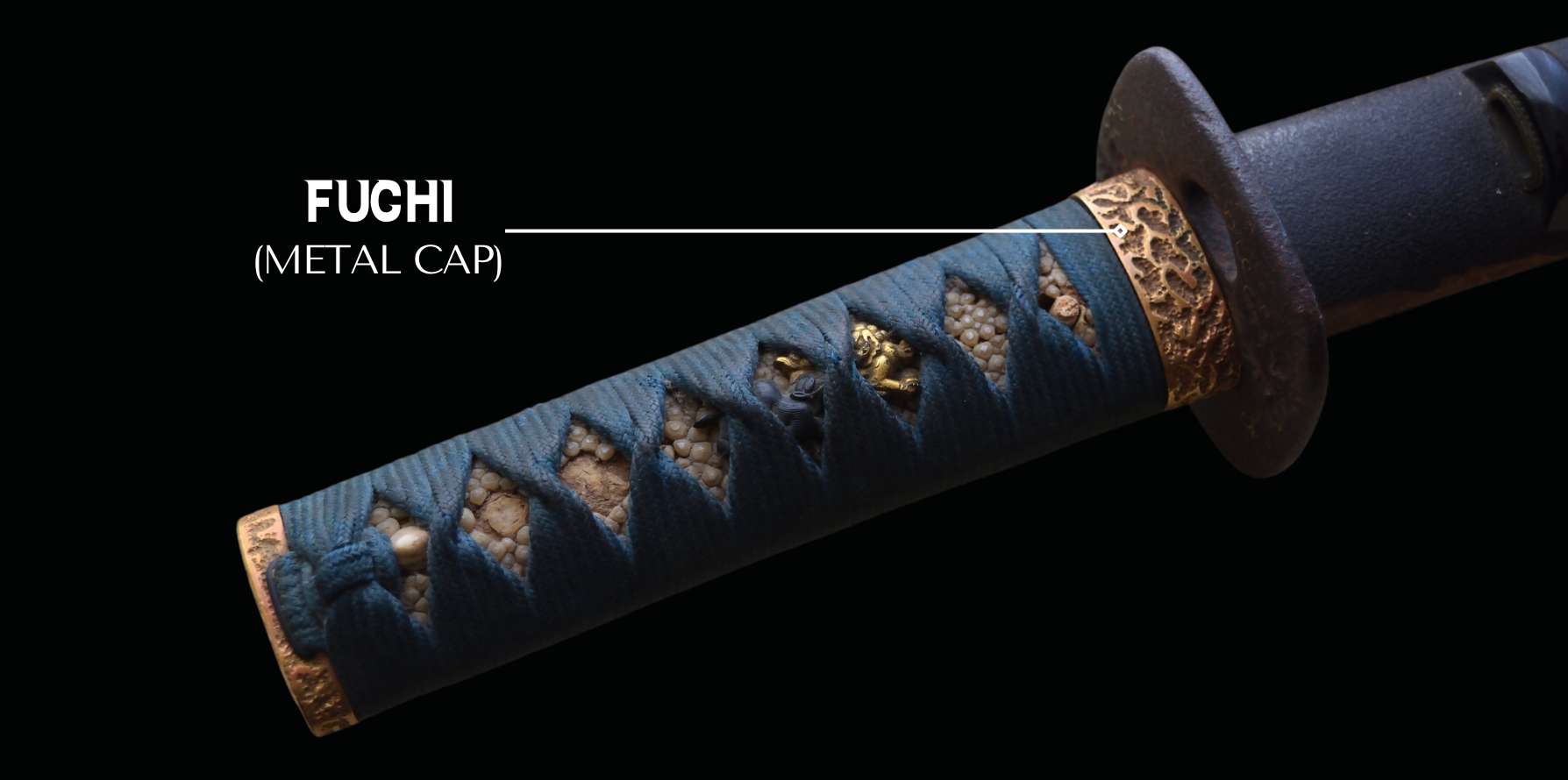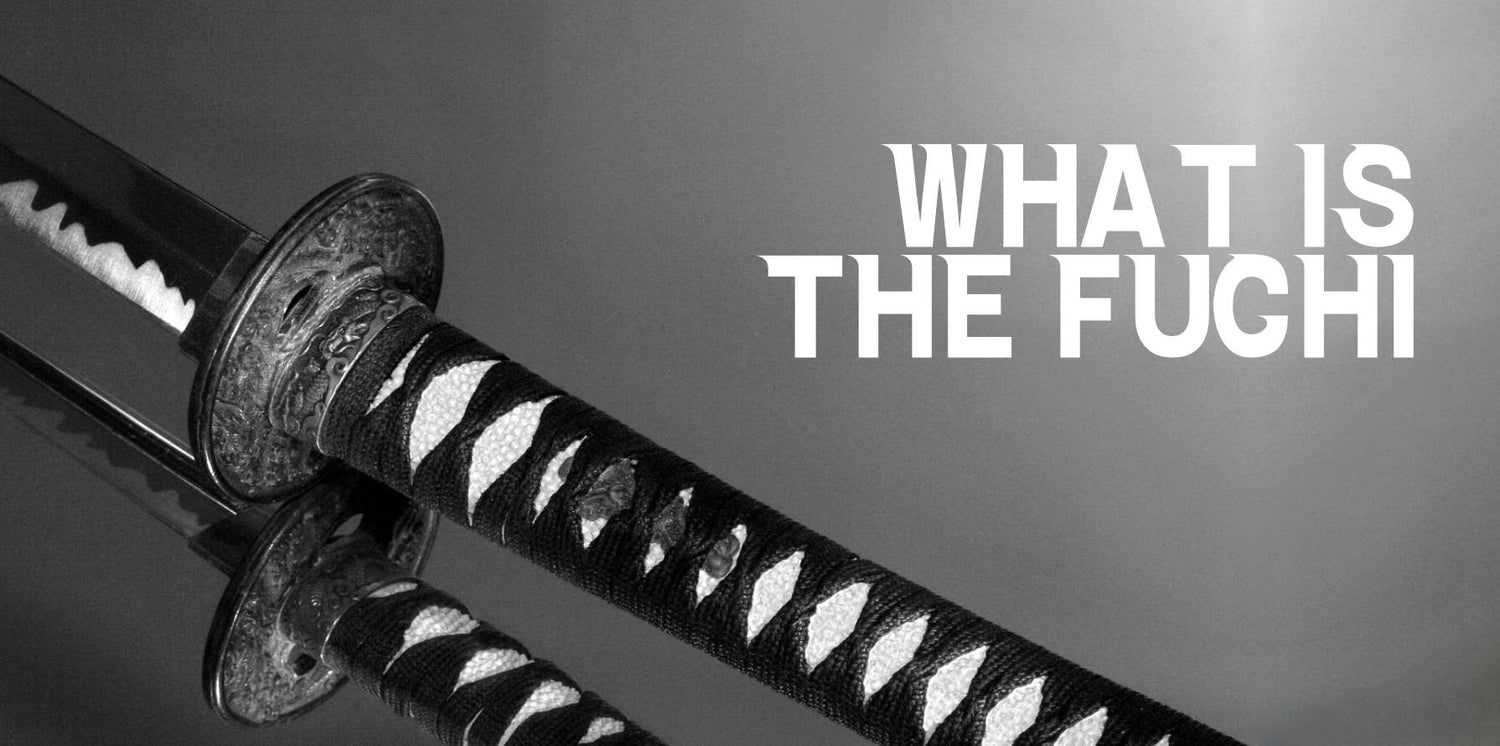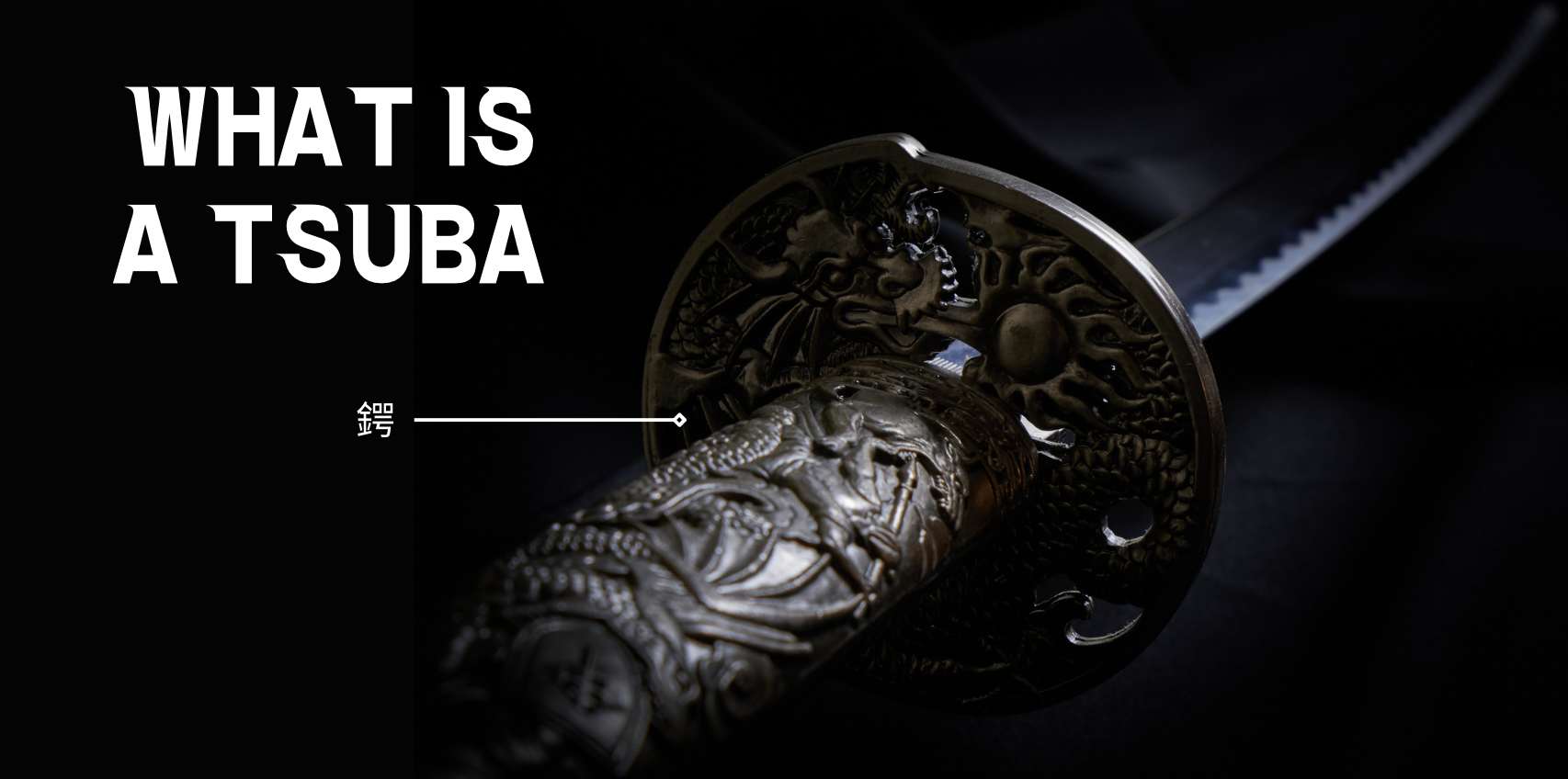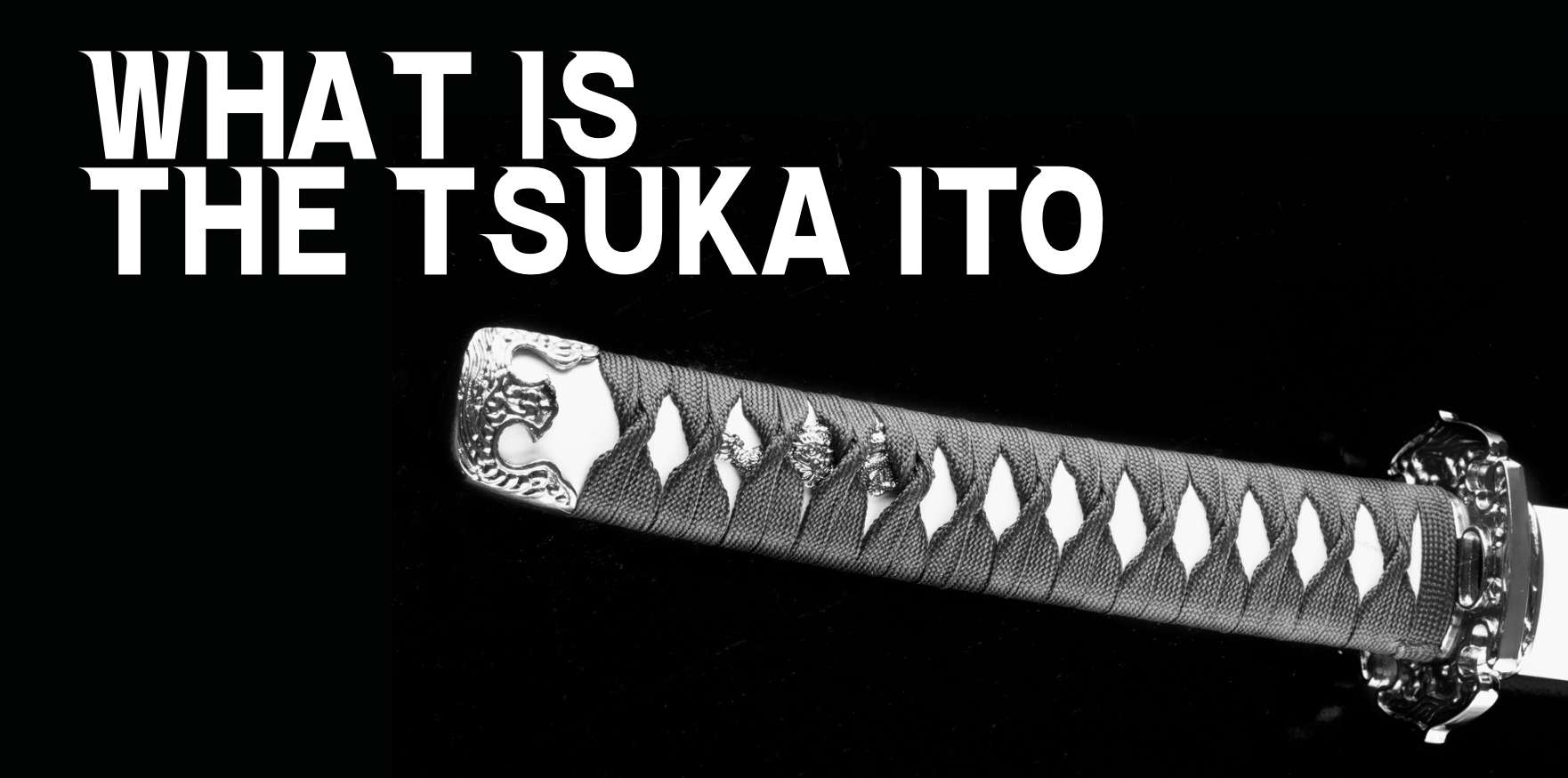What is katana fuchi

The fuchi (渕) is a metal cap that encases the grip (tsuka) of a Japanese sword, presenting a dual function, it not only adds an aesthetic charm but also serves as a protective element for the handle. By safeguarding the katana's tsuka, the fuchi inhibits the wood from potential cracking or splintering.
Simultaneously, the inclusion of the fuchi lends extra heft to the sword's hilt. This added weight ensures a better equilibrium of the blade, facilitating improved maneuverability during combat scenarios.
The secure attachment of the fuchi to the katana's hilt is achieved through the use of two petite pins, known as mekugi. These also fasten the tsuka firmly in place.
Fuchi Materials
The choice of materials for the fuchi ranges from brass, copper, to iron, often enriched with gold or other precious metal inlays. This grants each fuchi a unique and distinctive appeal.
Fuchi Design
Commonly, the fuchi is characterized by a raised edge or lip, enhancing its grip on the handle. However, like the tuska-ito, it contributes to the overall aesthetic of the sword. An array of patterns, either embossed or engraved on the fuchi's surface, contribute to its ornate appearance. These designs frequently draw inspiration from natural elements, like flora, adding a touch of nature's beauty to the katana.
Frequently, it stands out as one of the most intricate and elaborately adorned components of the katana. It acts as a symbol of its owner's wealth or social standing. The complexity and artistry of the fuchi's design infuse an additional layer of elegance to the katana, transforming it into a true work of art.
Furthermore, the fuchi is a reliable identifier of the historical period of the sword's creation, as different eras favored different styles. As such, it serves as a window into the past, connecting us with the rich history of Japanese swordsmanship.
To sum-up:
- The fuchi provides protection to the sword's handle.
- Fuchi are made from high-quality metals like bronze or copper, with gold or silver used for more elaborate pieces.
- The fuchi often features intricate designs and carvings that reflect Japanese cultural motifs and historical events.





